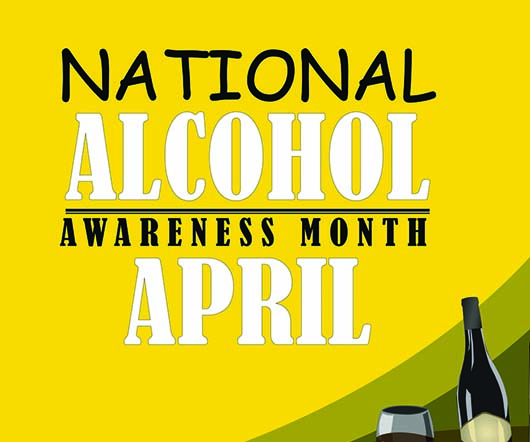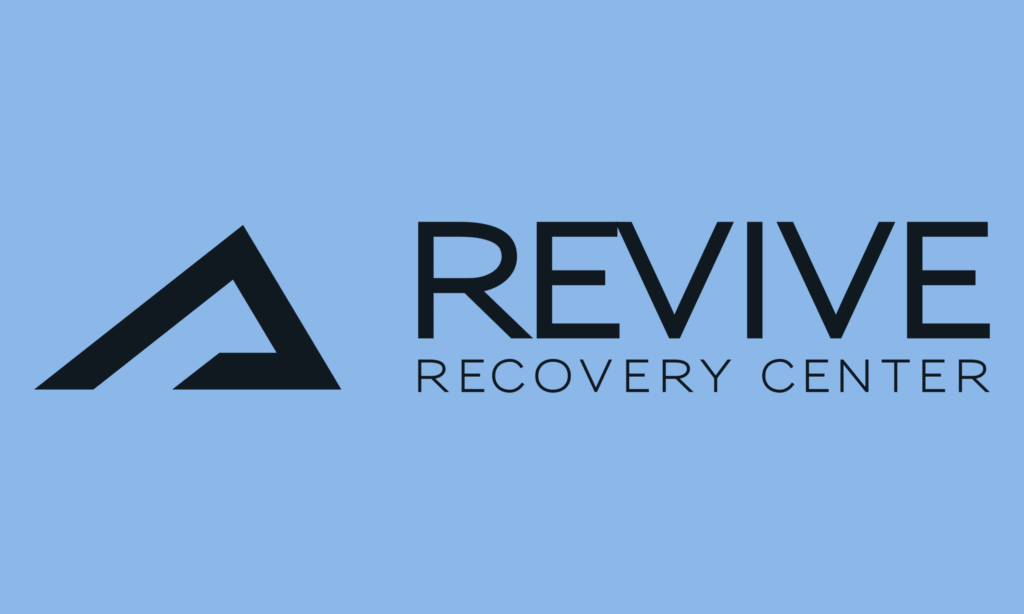By Becky Kartagener, Executive Director Footprints to Recovery Nearly 21 million Americans struggle with addiction. To get a sense for the magnitude of this, that’s more than the number of...
By Becky Kartagener, Executive Director Footprints to Recovery
Nearly 21 million Americans struggle with addiction. To get a sense for the magnitude of this, that’s more than the number of people, who have all types of cancers combined. The epidemic of addiction to drugs and alcohol has overwhelmed our nation placing no discrimination on age, race, gender, education or income. In an effort to combat it and in some cases capitalize on it, there’s been an abundance of treatment approaches and options that have flood the market. It’s not uncommon for individuals, their loved ones and even professionals to be conflicted or confused about what is needed and where to start.
“Detoxification is the process of eliminating all traces of drugs and/or alcohol from the body, detox alone is NOT treatment.”
For many individuals, the first step and perhaps the most crucial prior to addressing any underlying issues of alcohol and drug addiction is medical detoxification. Medical detoxification, often times referred to as medical detox, is the process of eliminating drugs and alcohol from the body while managing symptoms of withdrawal.
Physiological Affects
To shed light on the necessity of this, we must take a look at the physiological effects of chronic substance abuse. The continued use of drugs and alcohol can easily, and often does, lead to the building of tolerance and dependence. Tolerance can be defined as a reduced response to a substance due to repeated use. Essentially, the individual must take a higher dose of the substance in order to achieve the same feelings they initially felt. In the case of heroin and other opioids, tolerance develops rather quickly leading to the increase in doses. Following tolerance is typically dependence, the physical condition in which an individual’s body has adapted to the persistent presence of drugs or alcohol.
Our bodies are extremely adaptable; they’re constantly trying to reach a state of homeostasis or more simply put, regular functioning. When our bodies are exposed to drugs and alcohol for a continuous period of time they throw off the bodies regular functioning; therefore, our internal system adapts.
This can include modifying levels of neurotransmitters, hormones and other processes in the body to make room for the presence of the drug or alcohol.
With the development of tolerance and dependence the individual now needs a regular exposure to the substance in order for their system to maintain its new level of “regular functioning”. Any drop in exposure to the substance now results in the individuals system becoming unbalanced and the consequence is symptoms of withdrawal.
When an individual begins to experience withdrawal they are likely to exhibit flu-like symptoms such as; agitation, anxiety, confusion, depression, aching muscles, watery eyes, runny nose and difficulty sleeping. However, unlike the common flu, withdrawal symptoms can be extremely uncomfortable, painful and in some cases life threatening. This is even more so true in cases of addiction to alcohol, benzodiazepines and opioids where the withdrawal symptoms can include seizures, hallucinations and fatal delirium tremens. Drugs such as cocaine and amphetamines do not tend to cause fatality due to the withdrawal process; however, they can still present severe difficulties.
Going Cold-Turkey
It has been found that many individuals who attempt to detox themselves by immediately stopping all drug or alcohol use, otherwise known as going ‘cold turkey’, are at the most risk of severe and fatal withdrawal symptoms.
For some, the withdrawal effects may last a few days or weeks, while others may struggle with lingering symptoms for months. The time frame for withdrawal may last even longer than anticipated without the presence of medical support. Furthermore, the severe intensity of symptoms often times lead individuals to quickly pick their substance of choice back up again. This is extremely dangerous, as the body has likely lost some of its tolerance for the substance; however, individuals tend to reintroduce the substance back into their body at their regular dose, putting the individual at a high risk for overdose. As we’ve been so frequently exposed to as of lately, it should come to no surprise that overdose is the most common cause of death amongst those addicted to drugs.
Medical Detox
It is for the reasons above that medical detox is often one of the most crucial, beneficial and lifesaving steps in an individual’s recovery from addiction. As previously stated, medical detox is the process of eliminating drugs and alcohol from the body, while managing withdrawal symptoms.
Withdrawal symptoms are often managed with medications and coupled with 24-hour supervision by licensed nurses, therapists and physicians. The staff is trained in helping clients cope with the effects of early drug or alcohol detox; therefore, they’re able to ensure withdrawal symptoms are comfortably taken care of and traces of the substance of abuse are effectively removed from the client’s body. Nutritional monitoring, individual and group psychotherapy are often available for clients during medical detox as well. As withdrawal symptoms are managed, the client’s risk of relapsing to avoid the painful symptoms is dramatically reduced. Furthermore, under the care of licensed medical staff the sometimes-fatal symptoms of withdrawal are essentially diminished.
Medicine Used
During a medical detox, a physician oversees the entire withdrawal process. Typically, this involves medication regimens that allow the user to comfortably and safely remove drugs and alcohol from their system. The medication used to treat withdrawal are linked to the particular type of substance that was used, the length of time of abuse and the volume of use. The goal is to minimize risks of complication and maximize comfort levels.
How Long?
A common question posed is, “how long does someone need medical detox?” The short answer is, it varies for everyone. As we previously discussed, medical detox is the process of eliminating drugs and alcohol from the body while eliminating withdrawal symptoms; therefore, it’s typically seen as a period of stabilization.
Unlike other treatment programs there’s no set duration for medical detox, rather the length of time required is dependent upon the individual’s medical and addiction history. Factors that may influence the length of stay needed include; duration, frequency and the length of use, weight and age, and the presence of co-occurring mental health and medical issues. The average length of stay has been shown to be anywhere between three to ten days.
Where do you go?
There’s a variety of settings and locations where individuals can detox; however, individuals should be aware there are more benefits to some settings over others. The settings can be broken down into two categories: inpatient and outpatient. Inpatient detox includes; residential treatment facilities, hospitals, and standalone detox centers. Outpatient settings typically involve going into a facility daily to meet with a physician, receive medication and then returning to your home environment.
Compared to outpatient settings, studies have shown that inpatient settings tend to be the most effective treatment method.
Inpatient detox settings offer individuals with 24/7 support and treatment for other medical conditions. Furthermore, individuals are removed from their environments where they may face triggers and barriers that increase the risk of relapse.
What’s the process?
Medical detox is typically done in three steps: evaluation, stabilization, and transitioning.
The process begins with a thorough evaluation where key information is gathered in order to assist in the treatment planning process and to accurately assess the individual’s addiction. Treatment providers will gather information including: medical and substance use history, mental health history and family and social situations. In addition, a full physical is often completed.
The evaluation process is more than just gathering information; it also serves as a means to identify any underlying medical or psychological conditions that may be co-occurring along with an individual’s abuse. Upon completion of the evaluation, the client then moves into the stabilization period. The stabilization period encompasses the medical and psychosocial processes of helping an individual safely and effectively withdrawal from substances. Based on the evaluation, the individual’s treatment team creates a treatment plan and begins the administration of medications to help ease withdrawal symptoms.
Many medical detox centers also focus on proper diet and nutrition during this time as well. The treatment team is consistently monitoring the individual’s progress throughout this period and adjusting the treatment plan as needed. The process also includes education in regards to detoxification, treatment and recovery. Upon successful detox from substances the final stage of medical detox involves preparing the individual for transition into addiction treatment. Many programs will work with individuals to transition them to their own treatment programs or connect them with treatment programs in the community.
Aftercare
It is important to note that the completion of medical detox is largely for the physical dependence of addiction and is most effective when followed up with addiction treatment such as; residential, inpatient or outpatient treatment programs. Once the individual’s body is successfully detoxed it becomes less challenging for them to involve themselves in addiction treatment, where many of the underlying issues associated with their addiction are addressed. Treatment methods often include individual, group and family therapy.
Conclusion
In conclusion, the importance of safely and effectively detoxing oneself from drugs and alcohol is stressed again, as it cannot only save a life, but decrease the risk of continued use and relapse due to withdrawal. If you, a loved one or a client of yours is considering addiction treatment there’s help available.
_________________________________________________
Footprints to Recovery, a nationwide addiction treatment provider, conveniently located in the Greater Phoenix area of Mesa, Arizona offers cutting edge medical, holistic and therapeutic approaches to medical detox. Board certified medical staff, as well as licensed and credentialed clinicians provide advanced, customized and comfortable drug and alcohol medical detoxification for young adults and adults.
Programming includes; complete history and physical medical exam, 24/7 medical care from the nation’s top physicians and clinicians, customized treatment planning, co-occurring and dual diagnosis care and individual and group therapy.
In addition to the best medical detox protocols for minimizing withdrawal symptoms and health risks, the facility will offer non-medical approaches to care including; yoga, meditation, acupuncture, massage therapy, chiropractic services, pet & equine therapy, spirituality groups, 12-step programming, 12-step programming alternatives, and writing workshops. With an emphasis on aftercare, the organization works with a variety of vetted treatment partners to ensure a seamless transition to the continued treatment of the clients’ choice.



























